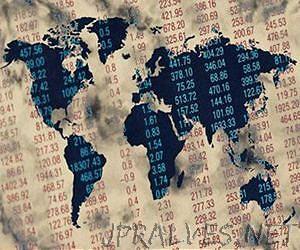
“In the 1970s, a group of mathematicians started developing a theory according to which codes could be presented at a level one step higher than the sequences formed by zeros and ones: mathematical subspaces named q-analogs. For a long time, no applications were found - or were not even searched for - for the theory until ten years ago, when it was understood that they would be useful in the efficient data transmission required by modern data networks. The challenge was that, despite numerous attempts, the best possible codes described in the theory had not been found and it was therefore believed they did not even exist. However, an international research group disagreed.”
